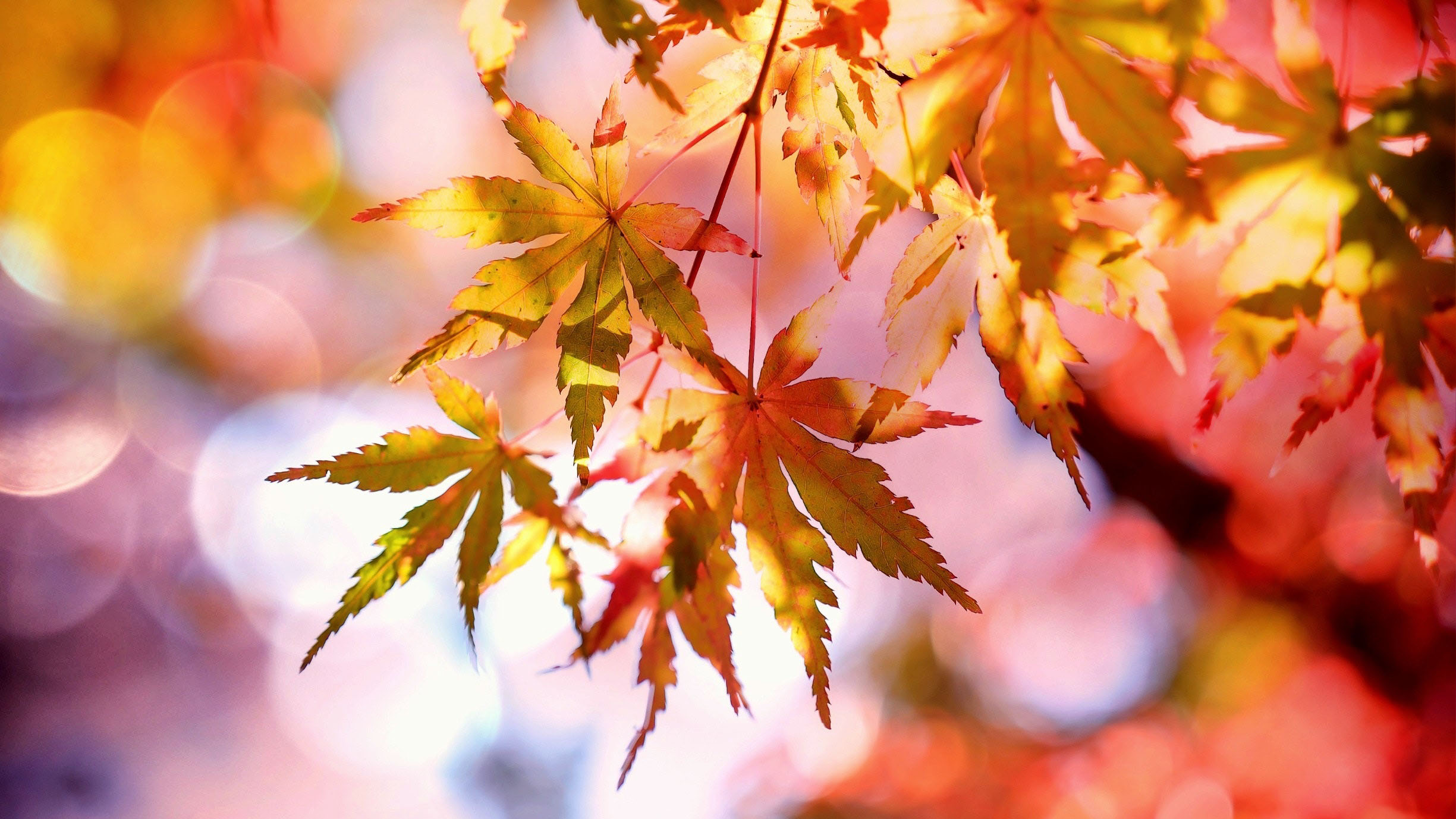September 17, 2018 – Colorful foliage, falling leaves, campfires, and crisp air are all symbolic of fall, which means it’s time to connect to nature or putter around in the yard. Because of HGTV’s curb appeal segments, homeowners compete for new trends, fads and improved methods to win the coveted yard of the month. They insist upon appeal and aesthetics. While the season, usually, indicates the beginning of plantings, agriculturalists are capitalizing on homeowner’s tastes and healthier lifestyles by incorporating practical plants for consumption in gardens.
Although edible landscaping is a modern trend but not new (dating back to ancient Persia), the increased popularity is an excellent way of combining form and function to the yard. Having food producing plants planned in residential landscapes creates a thriving eco-friendly environment. For example, homeowners enjoy fresh, affordable food-saving on the grocery bill, variety of foliage and colors and sustenance for bees, butterflies, and birds.
Use blackberry bushes (thorned or thornless) as an impenetrable hedge, plant blueberry bushes for an early-blooming shrub or pomegranates as an ornamental and strawberry plants function as groundcovers. However, if you wish to add décor to a particular area, use a trellis for a crop of muscadine grapes. Some people add vegetables to the border for seasonal color effects.
The soil determines an edible landscape’s bountifulness and beauty. It is essential to know the predominant soil type for your area for plant selection, water technique usage, and fertilization. Since Texas has many different soil types, I recommended having a soil test. The soil test will help you know the soil’s pH for it to have a significant effect on which nutrients are available to your plants. Blackberries and pomegranates grow best with a pH of 5.5-6.5 while blueberries prefer a pH of 5.0-5.5.
North Texas – clay, sand, and loam soil mixtures scattered throughout with clay being the most common
West Texas – predominantly sand or loam mixtures with sandy being most common
East Texas – soils are ordinarily upland soils, which are sandy loam with less clay
South Texas – many areas are sandy loam or mixed with a significant amount of clay
Creating an edible landscape takes careful planning which separates the concept from traditional landscapes. The design should be eye-catching and have the highest quality of healthy plants.
For more information on this topic or any horticulture topic, contact Rafash Brew (936) 261-5149 or rebrew@pvamu.edu, Program Specialist, Cooperative Extension Program at Prairie View A&M University.

Rafash Brew
Program Specialist, Agriculture and Natural Resources
rebrew@pvamu.edu
(936) 261-5149

